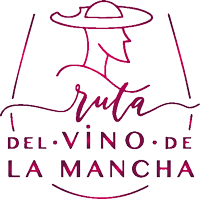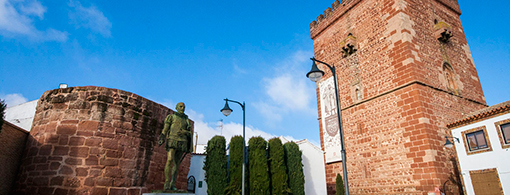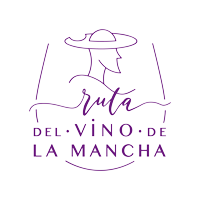Municipal Museum

Municipal Museum
ALCÁZAR DE SAN JUAN
This building combines two of the city’s heritage elements that date back to the 17th century. One is the ruins of the old manor house of the Sanabria family, and the other is what remains of the old chapel of Santo Domingo Soriano, created to commemorate Don Diego de Sanabria.
The house had different uses. In particular, it was used as an inn until it was acquired by the town council and converted into a museum. It has all of the city’s archaeological features of some interest.
The current door of the municipal museum is divided into two sections. The lower one is a lintelled opening, framed by a thick, broken moulding. At the top is a relief representing the noble coat of arms of the Sanabria family inside a window. There are highly decorated scrolls, pyramids, pots with flowers, and bulky plant decorations on both sides. Above this coat of arms is a cross framed by plant motifs.
The hermitage of Santo Domingo has a façade of great simplicity and plainness. It is built of well-cut reddish sandstone (regular ashlars). It is a semicircular arch with a decorated and projecting keystone. It is supported by two plain jambs with geometric capitals. The spandrels are decorated with geometric shapes. A very protruding cornice tops it.
The interior of the house is organised around a square, two-storey patio. The first one is porticoed with columns and the second one has sun galleries, formed by uprights and bases with wooden balustrades. The rooms are built around this patio.
The museum’s permanent exhibition is located in the lower part of the building. We can see elements of the archaeological heritage that bring us back to the prehistoric period of Alcázar (carving cores, polished axes, cleavers, sickle stones, arrowheads, ….), to the Bronze Age (hand mill, bowls, carinated vessels … rescued from the bottom of the hut at the archaeological site of Las Saladillas) and to the Iron Age.
The most important pieces are the Roman mosaics found in the town centre of Alcázar de San Juan during various archaeological campaigns carried out at the Hispano-Roman site in this town. The exhibition also includes a selection of Roman construction materials and equipment, domestic materials and a variety of movable goods from the Hispano-Roman site of Alcázar de San Juan.
In a small room, there is an exhibition of some of the paintings of the artist Ángel Lizcano Monedero, from Alcazaba.
The upper part of the museum houses temporary exhibitions.
Location
Useful information:
- Address: Santo Domingo Street, 10 | Alcázar de San Juan
- Opening hours:
- Closed on Mondays
Morning: - Tuesday to Friday: from 11:00 am to 2:00 pm
Saturdays, Sundays and holidays: from 12:00 a.m. to 2:00 p.m.
Evening:
Tuesday to Friday: from 5:00 p.m. to 9:00 p.m.
Saturdays: from 7:00 p.m. to 9:00 p.m. - Price: Free
- Temporary Exhibitions: www.patronatoculturaalcazar.org
- Contact: Municipal Museum (926 551 305)









